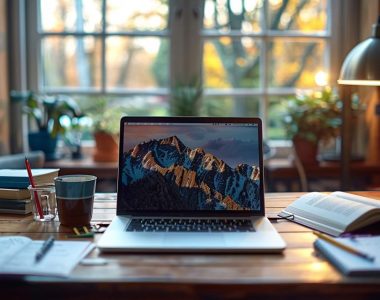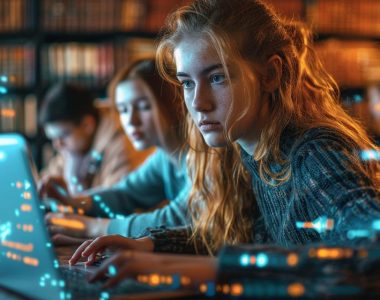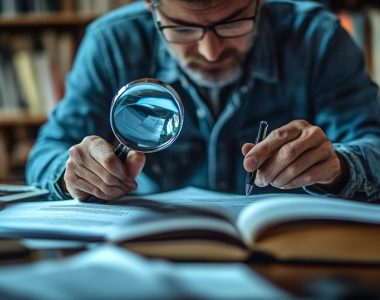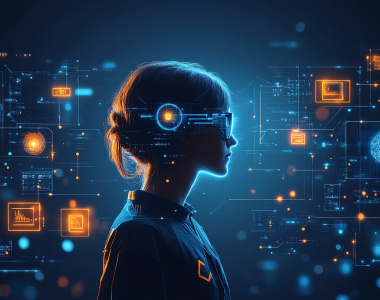
El plagio más allá del texto: una preocupación creciente en la investigación
Durante mucho tiempo, investigadores, docentes y editores han estado acostumbrados a que el problema del plagio se relacione principalmente con el uso indebido de textos. Estos casos son, en efecto, los más comunes, pero representan solo la punta del iceberg del plagio. El uso indebido no solo puede ocurrir con textos, sino también con datos, tablas, imágenes e incluso ideas.
Si bien las ideas plagiadas apenas pueden ser sometidas a detección informática en la actualidad, el uso indebido de otros elementos de la investigación sí puede definirse. Una solución moderna y compleja para la detección de plagio debe abordar al menos algunos de estos casos. Las herramientas más solicitadas son aquellas capaces de detectar el uso indebido de imágenes.
La importancia de las imágenes en la comunicación científica moderna
En la ciencia moderna, las imágenes son el principal elemento de confirmación en los artículos. Si los lectores no consideran estudiar los materiales suplementarios (si es que existen), confían en fotos, modelos gráficos y visualizaciones de datos para asegurarse de que la investigación se haya realizado correctamente. Las imágenes de Western blot convencen a los lectores de que el experimento realmente se llevó a cabo y puede conducir a la suposición destacada en el texto; las microfotografías prueban que los investigadores han visto realmente las células descritas bajo el microscopio; y los gráficos muestran el volumen de los datos y el método de análisis, lo cual puede ser comparado intuitivamente con el texto.
En el Sidereus Nuncius de Galileo y otros documentos de esa época, las imágenes eran más un elemento ilustrativo. Incluso los “animalculi” dibujados por Antonie van Leeuwenhoek solo daban una idea de cómo podrían verse las criaturas recién descubiertas. Antes de la invención de la fotografía y los métodos modernos de análisis de datos, las imágenes solo eran una extensión del texto. Pero ahora las imágenes son necesarias para mostrar a los lectores la precisión y fiabilidad de las conclusiones. ¿Pero qué sucede si esta herramienta es utilizada indebidamente?
Esta es una situación sorprendentemente frecuente. Elisabeth M. Bik (Stanford, California, EE. UU.) y sus colegas han estado analizando las manipulaciones de imágenes en artículos científicos durante mucho tiempo, y sus resultados podrían sembrar desconfianza en la ciencia de cualquiera que se los encuentre. Los resultados muestran que las manipulaciones de imágenes pueden ser detectadas en al menos el 3.8% de todos los artículos y, a menudo, se representan mediante duplicaciones.
La necesidad de una detección avanzada de imágenes en la investigación
Al revisar los artículos, el sistema Advacheck ya ha encontrado casos en los que la misma imagen fue descrita en diferentes artículos científicos como un compuesto de magnesio, en otro como un compuesto de zinc, y en un tercero como un compuesto de alginato de sodio. Otro ejemplo es cuando la misma imagen aparece en varios artículos científicos como una tomografía computarizada de un niño y de una mujer adulta.
Las universidades y los institutos de investigación necesitan programas que puedan garantizar la integridad de las imágenes y ayudarlos a evitar la publicación de artículos con malas prácticas en las imágenes, lo que podría llevar a la retractación y a una mala publicidad. Además, el uso inapropiado de imágenes conduce a problemas legales. A diferencia de la citación de texto, que puede considerarse «uso justo» cuando se proporciona la referencia adecuada, reutilizar una imagen requiere el permiso explícito por escrito del titular de los derechos de autor. No solo el autor del artículo de investigación, sino también la universidad y la editorial pueden ser responsables de publicar imágenes sin dicho permiso. Por lo tanto, se necesitan urgentemente programas que puedan detectar «plagio de imágenes» o el uso indebido de imágenes.
El papel de Advacheck en la detección de reutilización y mal uso de imágenes
Hoy en día, casi todos los motores de búsqueda, que impulsan a gigantes como Google y Bing, son capaces de buscar imágenes similares entre sí. Sin embargo, son prácticamente inútiles para detectar imágenes plagiadas. Este tipo de soluciones está lejos de ser ideal cuando se trata de encontrar coincidencias exactas. Y precisamente ese es el desafío cuando hablamos de detección de reutilización de imágenes. Además, los motores de búsqueda web solo pueden buscar imágenes en una base de datos de archivos de imagen previamente indexados. Esto significa que los robots de búsqueda (también conocidos como «arañas») constantemente rastrean las páginas web en busca de archivos de imagen en formatos comunes como «.JPG», «.PNG» o «.WEBP» y los cargan en sus cachés de búsqueda si es técnicamente posible.
Un servicio de búsqueda web típico busca imágenes con formato convencional ya presentes en sus bases de datos. Mientras tanto, los artículos científicos a menudo se publican en formato PDF, y estos no pueden ser completamente indexados por las «arañas de búsqueda». Por lo tanto, si una búsqueda de imágenes de Google no encuentra nada, es incapaz de detectar un uso indebido.
Advacheck, nuestra solución de programa, tiene sus propias arañas de búsqueda, pero estas indexan bases de datos de publicaciones científicas de texto completo. La diferencia clave con los motores de búsqueda convencionales es que Advacheck descarga archivos PDF completos y extrae las imágenes de ellos. Luego, si en el texto examinado encuentra una imagen similar a la que está en la base de datos, proporciona un enlace al artículo fuente de la imagen original. Los usuarios pueden seguir el enlace y verificar si las imágenes son idénticas (o muy similares) directamente desde el programa.
La segunda característica de la búsqueda de imágenes de Advacheck es que está diseñada específicamente para encontrar coincidencias exactas y no imágenes con una celda similar o incluso un tono de color similar, como hace Google. Para permitir que Advacheck identifique manipulaciones de imágenes dentro de estos límites estrictos, lo hemos programado para buscar transformaciones específicas que pueden ser introducidas por investigaciones fraudulentas y fábricas de artículos:
- rotación;
- volteo (horizontal o vertical);
- recorte;
- cambio de balance de color.
Este conjunto de características hace que Advacheck sea una herramienta poderosa para encontrar reutilización de imágenes. No hace falta decir que el programa solo detecta el hecho de la reutilización, y será el operador humano quien decida si este caso de reutilización fue legítimo o ilegítimo. Sin embargo, la posibilidad técnica de listar todos los casos de reutilización (si los hay) puede ser muy demandada por todas las personas e instituciones cuyos negocios y actividades dependen de la publicación, incluso más allá de la ciencia. Actualmente, la implementación del motor de búsqueda de imágenes de Advacheck ya está establecida en biología y medicina, pero también puede ser útil en arquitectura, ingeniería y consultoría científica, un área emergente del negocio relacionado con la ciencia.
A principios del siglo XX, la publicación científica era predominantemente textual, pero ahora las imágenes están adquiriendo un papel cada vez más crucial en la comunicación científica. La ciencia moderna se está volviendo visual, por lo que la integridad y la singularidad de las imágenes son temas emergentes. Ya han dado lugar a muchas soluciones técnicas. Advacheck sigue el ritmo de las nuevas demandas y aborda los nuevos desafíos.








